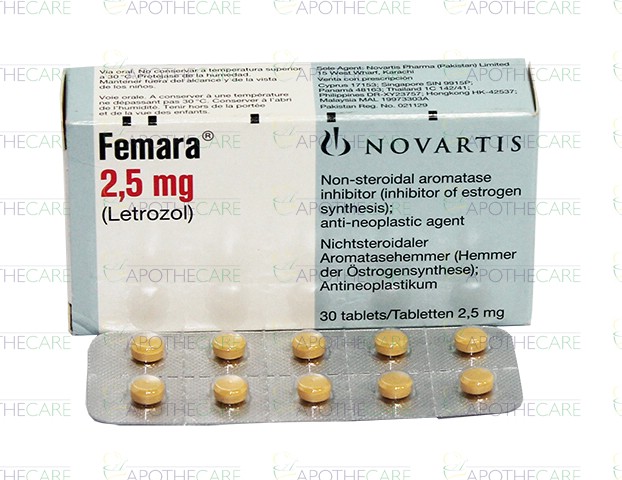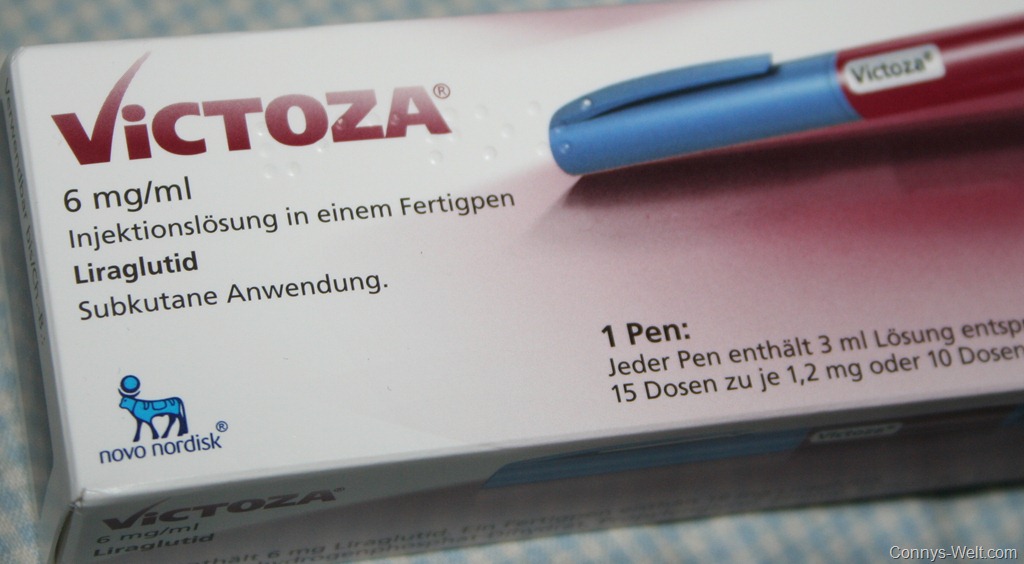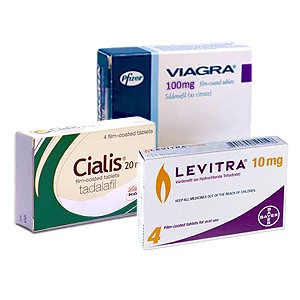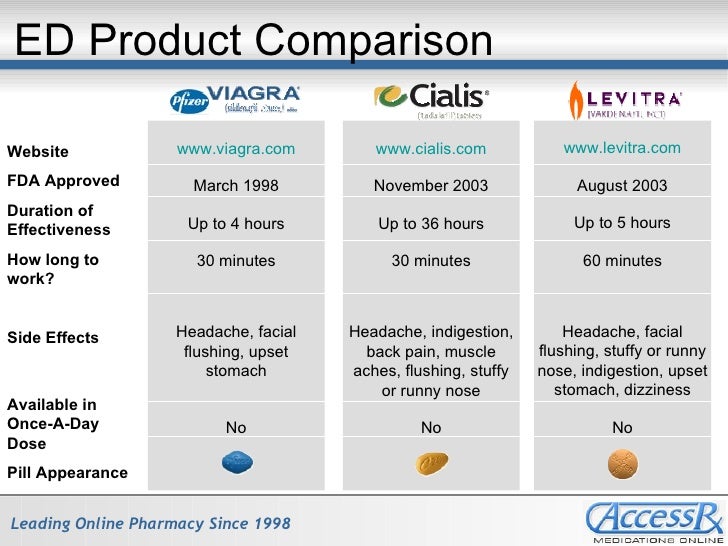
Some nutritional supplements that can increase glutathione levels include milk thistle (seen here), pine bark extract, alpha lipoic acid and grape extract. Photo: Wikimedia Commons
One important protein that appears in every human cell is a tripeptide known as glutathione.
Found in the highest concentrations in the liver, it consists of three amino acids: glutamic acid, L-cysteine and L-glycine.
The first record of glutathione was in 1888, but it was not until 1984 that its function in the body began to be researched in detail.
It turns out that glutathione serves as an antioxidant and detoxifier that protects cells from free radicals and oxidative stress, thus, improving the immune system.
But glutathione levels in human cells begin to decline after you turn 20. In order to produce more glutathione, supplementation of L-cysteine is recommended.
In the absence of glutathione, the body will experience several things. All the cells in the body would face premature death, causing the liver, which cleanses your body of toxic materials, to malfunction.
Worse, the entire immune system will break down – in other words, without glutathione, humans would cease to exist.
How glutathione works
Glutathione is the only antioxidant that is intracellular, meaning that it acts inside the cells. This helps to resist disease by neutralising free radicals and keeping other antioxidants like vitamins C and E in their active form.
Many scientists believe there is a link between low glutathione levels and cell death, which could be why the levels of glutathione in patients with serious diseases such as AIDS and cancer, are typically very low.
On the other hand, clinical observations of people aged 100 and more in various countries like Poland, Italy and Denmark, have found very high levels of glutathione in their cells.
Other functions of this protein include helping to process toxins in the liver; DNA and protein synthesis; and regulating the nitric oxide cycle and the metabolism of iron.
Key benefits of glutathione
Decreased levels of glutathione have several consequences that are linked to a number of age-related illnesses. This includes:
• Alzheimer’s disease and macular degeneration – A University of Alabama study in the United States revealed that the red blood cells in male Alzheimer’s patients indicated a significant lack of glutathione.

A study of patients with heart disease found that the lower their levels of glutathione, the higher the likelihood of them experiencing a heart attack. Photo: AFP
• Heart disease – A study of patients with heart disease found that the lower their levels of glutathione, the higher the likelihood of them experiencing a heart attack.
• Cancer – While glutathione is not able to cure cancer, several studies suggest that the growth of new cancer cells may be reduced. Its strong antioxidant properties make it suitable as a supplement.
This is why some doctors recommend it as a supplement to treat cancer, as it improves the effectiveness of chemotherapy drugs and reduces their side effects.
• Psychiatric illnesses, including bipolar disorder, schizophrenia and depression – These have been linked to low levels of glutathione. The lack of antioxidant abilities in the brain can cause oxidative stress.
Glutathione has also been used to treat Parkinson’s disease, sickle cell anaemia, idiopathic pulmonary fibrosis and poisoning, as it is able to cleanse the body of unhealthy metals such as mercury.
Glutathione has been found to improve the quality of the human male sperm. This is achieved by the lowering of blood pressure and decreasing oxidative stress on the sensitive sperm cells, hence, minimising damage to their DNA cargo.
Couples who are trying to conceive should look for micronutrient supplements, especially n-acetyl-cysteine (NAC), which is used in the body to produce L-glutathione.
The aspiring father could also benefit from consuming scientifically-proven nutrients such as arginine, carnitine and pine bark extract.
How to best consume glutathione
This amino acid should be taken together with selenium, zinc and magnesium, in order to maximise the oxidative effects.
Many foods contain these minerals, but they can be found in high amounts in vegetables that contain high amounts of sulphur, such as cabbage, broccoli, garlic, kale and cauliflower.
The only problem is that many of the vitamins and minerals in these vegetables are killed when they are cooked, so try to eat them raw wherever possible.
Some nutritional supplements can also increase glutathione le- vels. Pine bark extract, alpha lipoic acid, milk thistle and grape extract are some of those supplements.
Because it is a protein, a fair amount of glutathione that you ingest is broken down in your gut and eliminated before reaching the cells.
In severe cases, you can opt for intravenous infusion in order to maximise the absorption of glutathione in the body, which is often done in cases of critical illnesses.
The most effective way to increase glutathione levels, in addition to consuming healthy meals and having regular exercise, is to ingest a precursor.
This contains the molecules needed to stimulate the body to produce glutathione, rather than the protein itself.
One example of a precursor is NAC. This has been used for many years to break up mucous in the lungs of patients suffering from cystic fibrosis, asthma and bronchitis, and is often used by HIV pa- tients to boost their immune system.
Unbonded L-cysteine, or free cysteine, is destroyed in the gut by enzymes and pepsins, but if the cysteine molecules are bonded, it will be absorbed into the bloodstream and enter cells.
When there, it can bond with glycine and glutamate to make more glutathione.
This bonded cysteine can also be found in human breast milk, and can be replicated with raw cow’s milk in the form of denatured whey protein.
Big doses of NAC are often administered in cases of painkiller overdose because it prevents liver failure.
Vitamin C has also been found to increase the production of glutathione when daily doses of 500 milligrams or more are consumed.
And finally, if not synthesised in the body, L-glutathione is produced via fermentation, which is the industrial processing of plant-based foods using enzymes.
L-glutathione can be stored easily for up to five years at room temperature in a dry room that is protected from sunlight.
While a healthy diet and lifestyle can help to prolong your body’s functions and slow down decline, a supplement of glutathione precursors can help the body produce more of the protein, resulting in longer-lasting good health and a slower ageing process.
And as a final note on this powerful antioxidant: there are many gluthatione supplements available on the market, but not all are trustworthy products. Always do your research, and seek recommendations from a trusted doctor before purchasing.
Source: http://www.star2.com

Introducing Gluthathione from KOHJIN Japan
(https://www.kohjinls.com/en/business/glutathione.html)

Price: RM93.30 per box of 30s








 Treatment of postmenopausal women with hormone
Treatment of postmenopausal women with hormone




